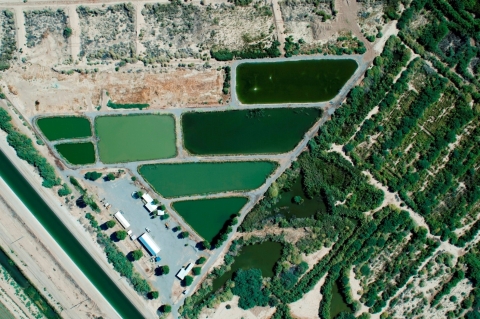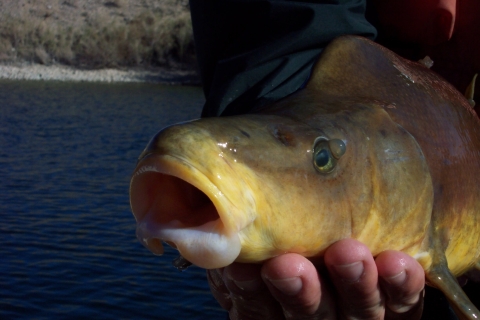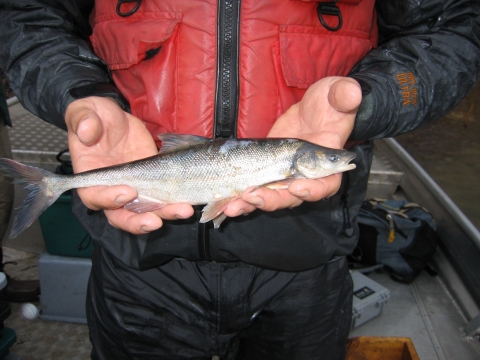About Us
Since 1871, the National Fish Hatchery system has been at work improving recreational fishing and restoring aquatic species that are in decline, at risk, and are important to the health of our aquatic systems. Across the country the network of National Fish Hatcheries work with states and Tribes to conserve, restore and enhance the fish and aquatic resources of America for future generations.
Willow Beach National Fish Hatchery in northwest Arizona was established in 1959 in the Black Canyon region of the Lower Colorado River. It is located 11 miles below the Hoover Dam within the Lake Mead National Recreation Area. Achii Hanyo Native Fish Rearing Facility, a satellite station of Willow Beach National Fish Hatchery, was established in 1996 and is located on lands of the Colorado River Indian Tribes, ten and a half miles southwest of Parker, Arizona.
Our Mission
Since 1871, National Fish Hatcheries have been applying science-based approaches to conservation challenges. We work with our partners and engage the public to conserve, restore, and enhance fish and other aquatic resources for the continuing benefit of the American people. Conservation is at the heart of what we do, and we recognize that we do this work for the American people–both the present generation who benefit today and future generations who will inherit our legacy of conserving America’s aquatic resources.
Willow Beach National Fish Hatchery and satellite station Achii Hanyo Native Fish Rearing Facility serve the native endangered Razorback sucker and Bonytail chub fish species. The hatchery raises and stocks these species at predetermined sites along the Lower Colorado River in conjunction with the Lower Colorado River Multi-Species Conservation Program and Bureau of Reclamation. Willow Beach National Fish Hatchery also serves the public by raising and stocking Rainbow trout for recreational purposes. These trout are stocked in the Lower Colorado River below the Hoover Dam in Upper Lake Mohave (specifically, the Willow Beach location), below Davis Dam, and in two Tribal lands associated with the Colorado River: Fort Mohave and Fort Yuma Indian Tribes.
Our History
Willow Beach National Fish Hatchery was established by a Memorandum of Understanding between the Bureau of Reclamation, National Park Service and the U.S. Fish & Wildlife Service on April 24, 1959. Construction was completed by 1962. The hatchery was initially built for Rainbow trout production due to the release of colder water from the Hoover Dam. This provided the first recreational opportunity for Rainbow trout in 1962. Willow Beach continues to provide Rainbow trout sportfish opportunities for the Lower Colorado River. Since 1995, the hatchery has also been involved with raising and stocking the endangered Lower Colorado River native warm water Razorback sucker and Bonytail chub fish species. Willow Beach NFH and it's satellite station are an important asset for providing these fish species and recreational opportunities associated with the Lower Colorado River.
Other Facilities in this Complex
In 1996 a Memorandum of Understanding was signed with the U.S. Fish & Wildlife Service and Colorado River Indian Tribes to renovate and dedicate a former commercial aquaculture facility. The new facility was named Achii Hanyo Native Fish Rearing Facility with the purpose of raising endangered Razorback sucker and Bonytail chub fish species in production ponds. Achii Hanyo Native Fish Rearing Facility has been operational since 1998 and is a satellite station of Willow Beach National Fish Hatchery. This facility has both earthen production ponds and inside tanks for rearing Razorback suckers and bonytail chubs.





